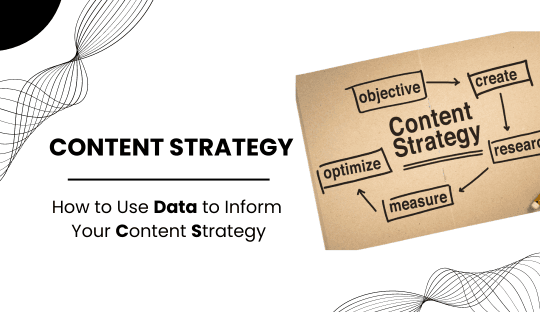
How to Use Data to Inform Your Content Strategy
In the digital age, data has become a cornerstone for shaping effective content strategies. For creative brand companies in Moldova like Flykez CO, utilizing data-driven insights can significantly enhance the impact and reach of your content. This article explores how data can be leveraged to inform your content strategy, focusing on the services offered by Flykez CO, including website design & development, SEO, brand design & brand identity, digital marketing, and UI & UX design.
Understanding the Importance of Data in Content Strategy
Data helps in understanding audience behavior, preferences, and trends, enabling you to create content that resonates with your target market. For a company like Flykez CO, which specializes in creative brand solutions, data-driven content can help in crafting compelling narratives that engage and convert.
Steps to Using Data for Content Strategy
1. Identifying Key Data Sources
To start, it’s crucial to identify the right data sources. These can include:
- Website Analytics: Tools like Google Analytics provide insights into user behavior, page performance, and traffic sources.
- Social Media Metrics: Platforms like Facebook, Instagram, and Twitter offer analytics that show engagement rates, audience demographics, and content performance.
- SEO Tools: Tools such as SEMrush and Ahrefs can help identify high-performing keywords and content gaps.
2. Analyzing Audience Behavior
Understanding how your audience interacts with your content is vital. Look at metrics such as:
- Bounce Rate: Indicates the percentage of visitors who leave your site after viewing only one page. A high bounce rate may suggest that your content isn’t engaging or relevant enough.
- Average Session Duration: Shows how long visitors stay on your site, indicating how engaging your content is.
- Top Pages: Identifies which pages attract the most traffic, helping you understand what content resonates most with your audience.
3. Utilizing SEO Data
SEO data is invaluable for optimizing your content. Focus on:
- Keyword Research: Identify keywords that your target audience is searching for. Keywords like “Visual storytelling,” “Content Curation,” and “Long-Form Content” can guide your content creation efforts.
- Competitor Analysis: Analyze what keywords and content types your competitors are ranking for to identify opportunities and gaps.
- Voice Search Optimization: With the rise of voice search, optimizing content for voice queries can improve visibility.
4. Content Performance Metrics
Evaluate how your content is performing using metrics such as:
- Engagement Rates: Measure likes, shares, comments, and other interactions to gauge audience engagement.
- Conversion Rates: Track how well your content is driving desired actions, such as sign-ups, purchases, or inquiries.
- Social Media Algorithms: Understand how different platforms’ algorithms prioritize content to enhance visibility and engagement.
Implementing Data-Driven Content Strategies
1. Personalizing Content
Use data to create personalized content that speaks directly to your audience’s needs and interests. Personalization can significantly increase engagement and conversion rates. Also Read About The Power of Visual Storytelling in Content Production
2. Optimizing for Long-Form Content
Long-form content tends to perform well in search rankings and provides value to your audience. Use data to identify topics that warrant in-depth coverage and focus on creating comprehensive, informative pieces.
3. Leveraging Visual Storytelling
Data can reveal the types of visuals that resonate with your audience. Incorporate data-driven insights into your visual storytelling to create compelling and shareable content.
4. Experimenting with Interactive Content
Interactive content such as quizzes, polls, and interactive infographics can boost engagement. Use data to determine which types of interactive content are most effective for your audience.
5. Embracing AI Content Creation
AI tools can help in creating and optimizing content efficiently. Data can guide AI algorithms to produce content that aligns with audience preferences and search engine requirements.
6. Exploring Podcasting Trends
Podcasts are a growing medium for content consumption. Analyze data to identify popular topics and formats within your niche to create engaging podcast content.
7. Engaging with Micro-Influencers
Micro-influencers can help amplify your content. Use data to identify influencers whose audience aligns with your target market and collaborate with them to reach a broader audience.
Conclusion
For creative brand companies like Flykez CO in Moldova, leveraging data to inform your content strategy is not just beneficial—it’s essential. By understanding and utilizing data, you can create more effective, engaging, and high-performing content that drives results across website design & development, SEO, brand identity, digital marketing, and UI & UX design. Embrace data-driven insights to stay ahead of the competition and deliver value to your audience.
For more information on how Flykez CO can help your brand with effective backlink strategies, visit www.flykez.com.
